Like any companion animal, horses require care. Horses, however, need a lot more care than dogs, cats, or goldfish. If you’ve always wanted a horse, it’s important to understand both the financial and time commitment required for horse ownership.
A good reference is What to Consider About Horse Ownership, which provides details on how much horses cost, what they need, and other tips on raising horses. For example, you’ll need at least 1.5 of land per horse for turnout, and it must be properly fenced both to contain your horses and keep them from harm. In some parts of the country, you’ll need to keep predators such as coyotes, wolves, and mountain lions out of the paddock. If you have additional questions about horse fencing, make sure to check out our electric fencing for horses guide.
Daily Stable Management and Horse Care Routine
Purchasing the right horse is only the first step toward proper horse ownership. Horses require routine care for their health and well-being. A typical daily stable management and horse care routine may look like this:
- Feed horses hay and/or grain morning and night.
- Clean and refill water buckets morning and night.
- Muck out stalls morning and night. Mucking means picking out the manure and urine spots.
- Replace fresh bedding.
- Check and pick out hooves daily.
- Remove blankets in the morning and replace in the evening during winter months.
- Spray horse with fly spray or insect repellant morning and evening during summer months.
- Turn your horse out daily for exercise so he can walk around, stretch his legs, roll and get some fresh grass and sunshine.
- Exercise your horse at least several times a week by riding him in the ring, on a trail or lunging him, which is exercising him on a long rein.
Horse care is a labor of love, as horses are naturally grazing animals that require a steady supply of food and water. To ensure their health and happiness, it is essential to provide food in measured intervals twice daily and clean water. If your horse is kept in a stall, clean footing is necessary to prevent manure or waste buildup, which can harm the horse’s hooves and health. Daily stall cleaning is also crucial.
Horse care also involves caring for the stable and tack, including the saddle, bridle, halter, lead rope, and blankets. Regular conditioning and cleaning of leather and blankets are essential to keep them soft, supple, and comfortable. Other stable chores include sweeping dust and manure from the aisles and removing cobwebs from the ceiling and light fixtures.
To learn how to care for a horse, it is best to apprentice with an experienced horse person. This may involve hanging around the stable, asking questions, or leasing a horse for a while. Once these basics are learned, you will be ready for responsible horse ownership.



Leave A Comment